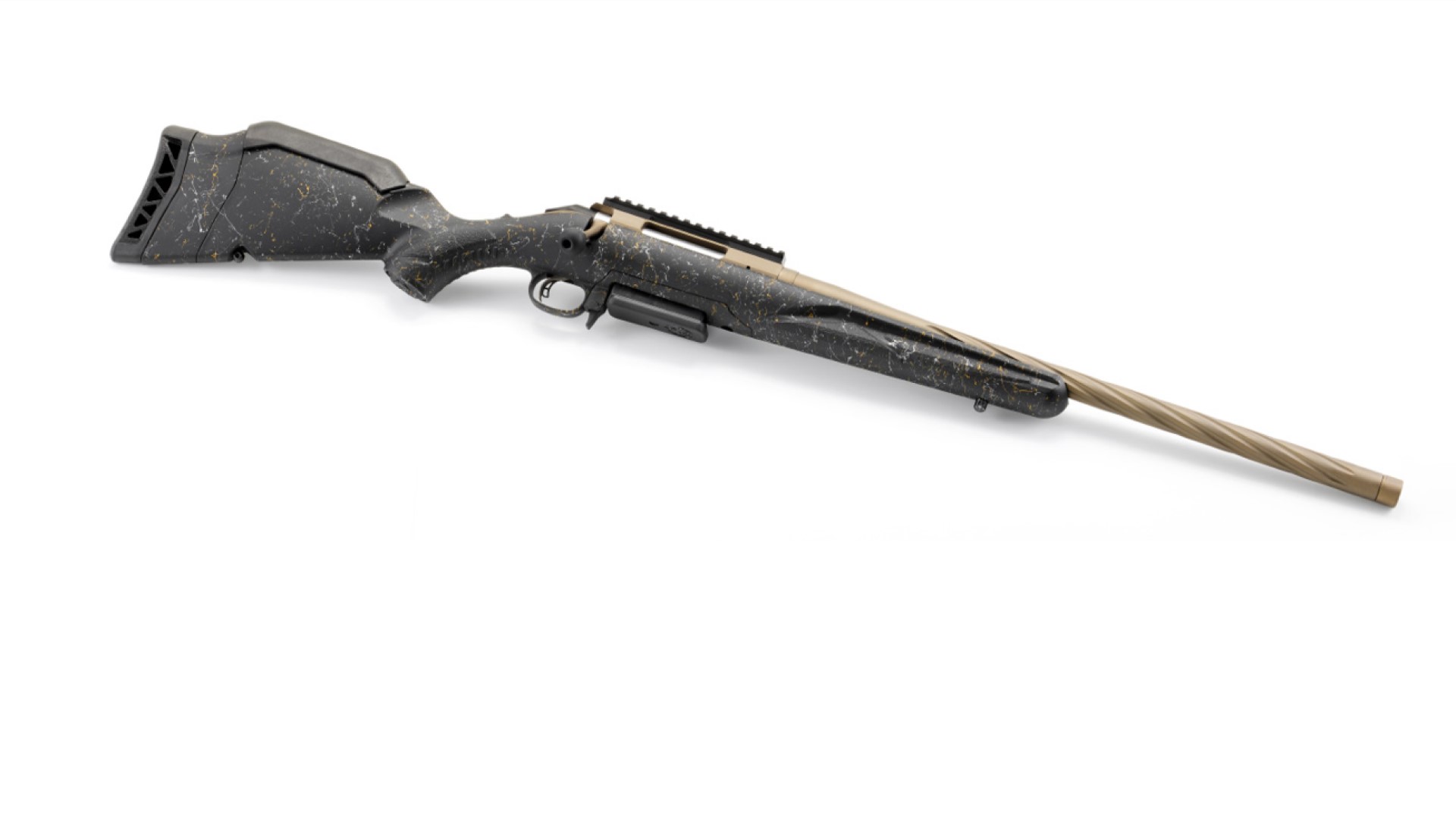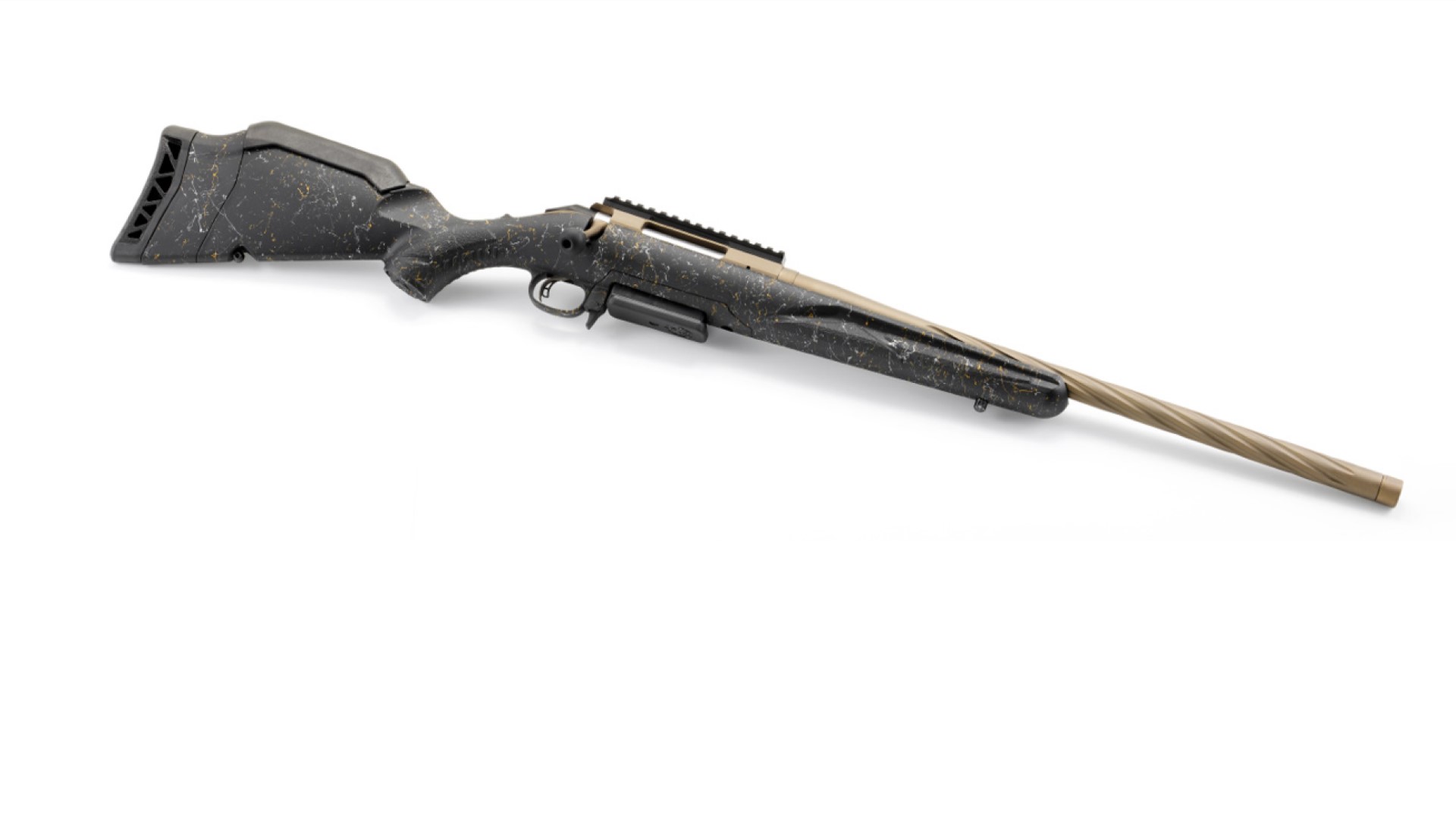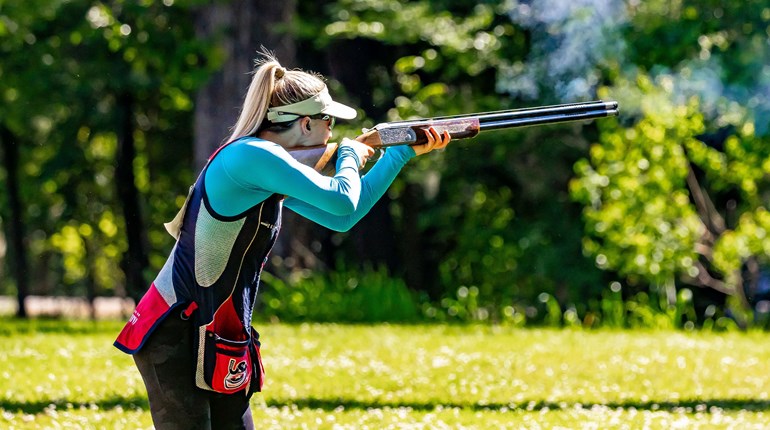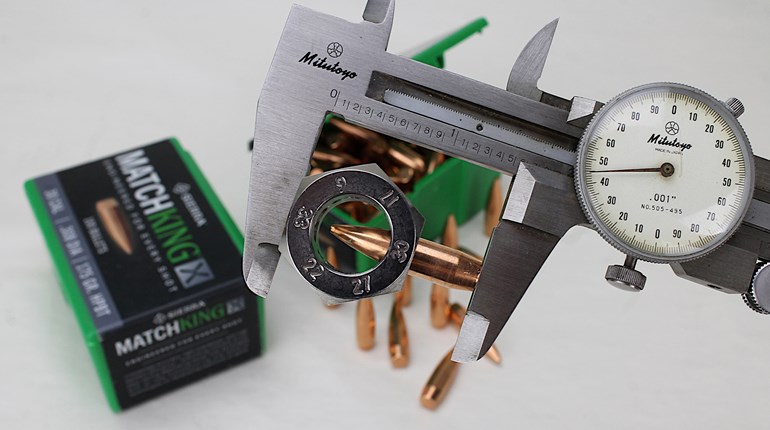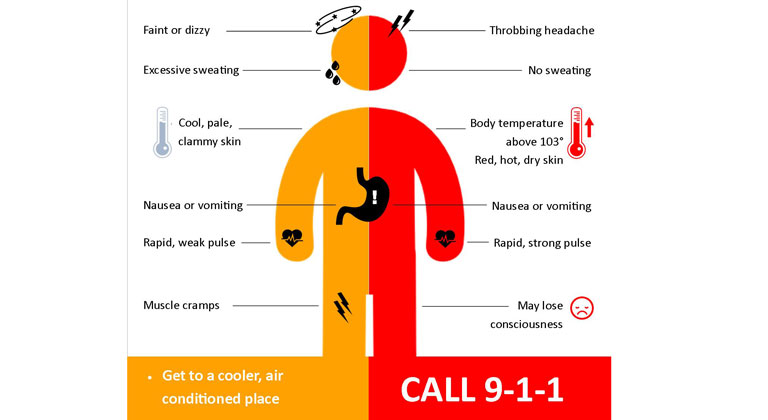
Summertime is a lovely opportunity to take advantage of hunting, hiking or shooting sports in warmth and fresh air. But despite the balmy temps, you’ll still need to be careful out there. Here are the main summertime concerns Dr. Dvorchak has seen over his career.
Dehydration
One disadvantage we have is that our bodies can only store a limited amount of water and, due to that, frequent hydration is necessary. Therefore, it is more important to carry water on your hunt, hike or day at the beach than those candy bars. Also, this concern is not only important in warm weather but when out there under all temperature conditions.
Dehydration can occur as a result of losing body fluids or simply by not replacing fluids naturally lost throughout the day. How do we lose fluids? That commonly occurs through urination, diarrhea, sweating, vomiting, bleeding—and yes, even breathing. If it’s severe enough, what started out as simple dehydration can lead to a condition called hypovolemia, which is having an abnormally low volume of blood circulating in our bodies…and that can be fatal. Put simply, dehydration needs to be immediately addressed or serious medical problems can result. Problem is, much of the water you’ll find in the outdoors can hurt you, too.
Giardia lambia, Careful What You Drink
This is a parasite found in contaminated water that can be responsible for watery diarrhea, cramps, abdominal bloating and weight loss, a condition called Giardiasis. Be careful when thirsty since that inviting fresh water stream high in the mountains could be contaminated. Also be aware that this intestinal infection is common about everywhere and spread by poor sanitary practices. Drinking any polluted water—and don’t assume that clear, clean-looking water isn’t polluted—is a common cause of a variety of disorders. Therefore, you should assume all outside sources of water are polluted and carry your own bottled water or means to sterilize natural sources of water.
Burns
Degrees of Burns from Various Causes:
First Degree: Sunburn, the most common cause. Redness and soreness.
Second Degree: Blisters form and you are getting into trouble. Careful around camp fires!
Third Degree: This is big trouble, since the full skin thickness is destroyed. You can go into shock and need medical care immediately since IVs to replace lost fluid are needed. DO NOT apply butter, oil, etc. or put cotton type materials on the wound. (Why not? Because you’ll contaminate the wound!)
Heat Cramps
This refers to severe cramps/pain in the muscles that result from excessive sweating. The cause can be high temperatures and/or physical exertion. What brings this on is that when we sweat, the body loses sodium and occasionally magnesium and potassium. Combine this with continued exercise, and cramps begin. The first warning sign/symptom is profuse sweating. Next, the muscles, especially of the extremities, feel knotted. Then if the abdominal muscles become affected, the pain can mimic what one may experience with an acute abdominal problem. It’s a simple progression, but you may not realize what initiated your cramping. Your skin temperature won’t help you figure it out: With heat cramps, the skin can be dry, hot, cool or clammy! Interestingly, heat cramps are also a possibility for those who participate in winter sports as skiing and some types of hunting by overdressing on days that were not that cold and then partaking in exhausting physical activity.
First aid for this disorder begins with rest, muscle massage and consuming liquids to replace electrolytes as sodium (salt) and chloride that were lost by sweating. Electrolyte-infused sports drinks can help, although many outdoorspeople use salt tablets to increase their hydration.
As a warning, taking sodium chloride tablets can irritate the stomach as well as cause edema when consumed in high doses by certain individuals. Because of this, if you have any medical problems, please discuss with your medical doctor what exercises/activities you can safely do. If you have heart problems, high temperatures and humidity could become dangerous.
Heat Exhaustion
This is also known as heat collapse or prostration. As is the case with heat cramps, excessive sweating, as from exertion on humid and hot days, the body can be depleted of electrolytes and plasma volume. With this, you may have some warning signs. The first and most obvious is, again, excessive sweating. Now you can present with any or all of the following as headache, nausea, vomiting, generalized malaise, a rapid heartbeat, increasing weakness and fatigue and/or cold and clammy skin. All of this then can lead into circulatory collapse, which now becomes dangerous. It should also be pointed out that this disorder is quite common in those taking diuretic medications (as for high blood pressure) since this class of medicine is used to eliminate fluid from the body. Add that factor to excessive perspiration and excessive levels of fluid can be lost.
By knowing the cause, the obvious management is to restore the body’s normal blood volume. First, get that person out of the sun and into a shaded and cooler area. Now have them lie down and if available, drink some water—but not ice water. Electrolyte solutions (such as the salt tablets mentioned above) are also a good idea to have on hand. Play it safe and check with your physician and pharmacy concerning what is available!
Heat Stroke
This is also known as hyperpyrexia or sunstroke. It has an abrupt onset and is extremely dangerous. The cause can be a failure of the body’s heat loss mechanisms. As many of you know, our body’s main protection against overheating is its ability to perspire. In heatstroke, what happens is that sweating is usually decreased, while the pulse rate/respirations become rapid. There can also be dizziness (vertigo), headache and fatigue! The skin can also appear red while it is hot and feels dry to the touch. There can later be disorientation which, if not treated, can continue into convulsions and unconsciousness. If first aid is not immediate, death can result. Hundreds die from heat stroke in the U.S. every year. You should also be aware that this is a leading cause of death in high school athletes. You should also know that if you’re taking certain medications as diuretics and some others, you may be at a greater risk of heat stroke. As a suggestion, when prescribed medications ask your physician and pharmacist what to avoid.
Since heatstroke is so deadly, until emergency help arrives, here are some first aid suggestions. First, fan the person or use water to cool him down since you need to reduce the body temperature. It is also critical not to cool one down too fast and especially to a temperature too low since by doing so, you can create another dangerous situation, hypothermia. Hopefully by now, help arrived since the prolonged elevation of the temperature over 104 degrees F can eventually cause widespread cellular injury and multi-system organ failure. Although complete recovery is the rule when treatment is instituted immediately, the key is in starting the cooling down process as soon as possible.
Stay healthy and safe out there, and enjoy many summers to come!











